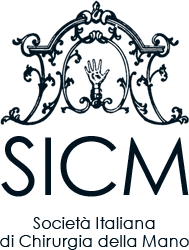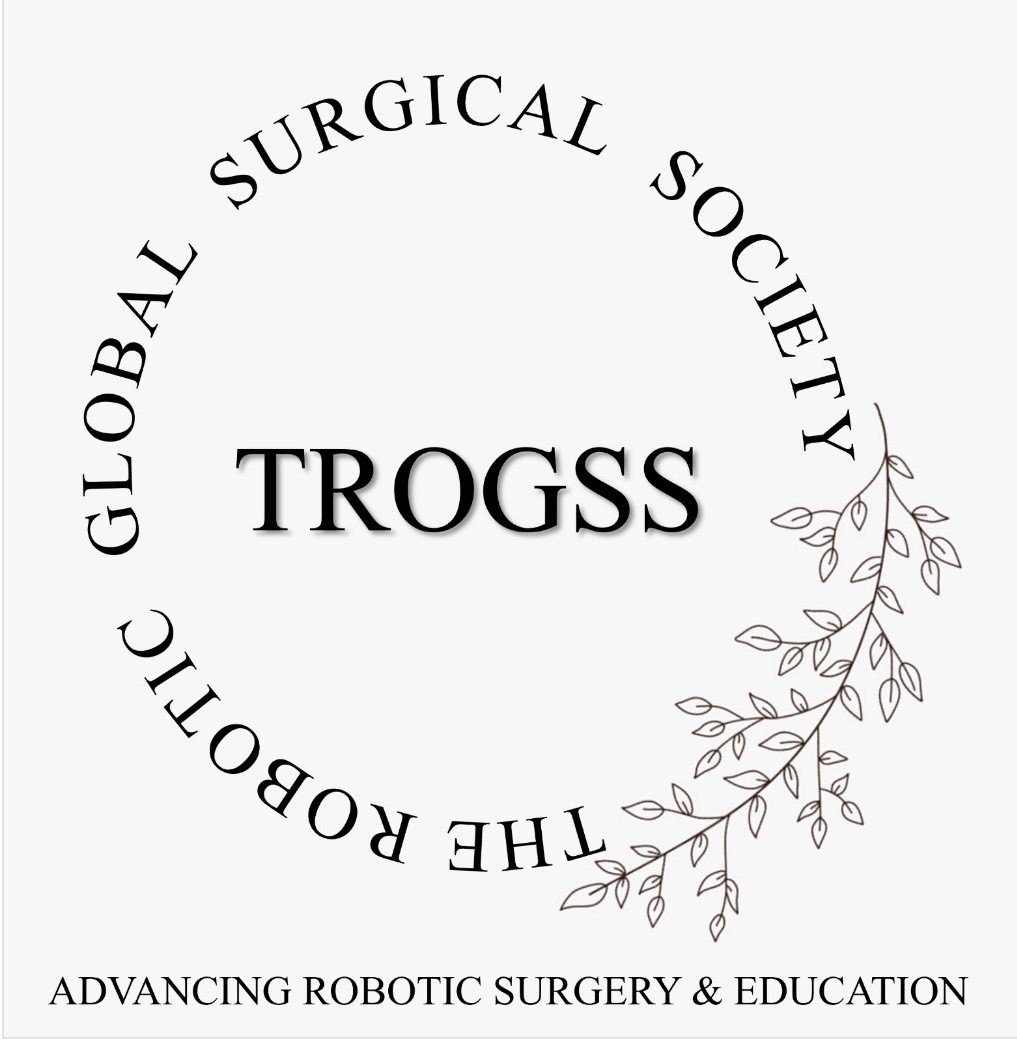- 1.1Impact Factor
- 1.3CiteScore
- 19 daysTime to First Decision
Surgeries
Surgeries is an international, peer-reviewed, open access journal on findings and developments in surgery published monthly online by MDPI.
The Academy of Surgical Research (ASR) and the Italian Society of Hand Surgery (SICM) are affiliated with Surgeries and their members receive discounts on the article processing charges.
Quartile Ranking JCR - Q3 (Surgery)




